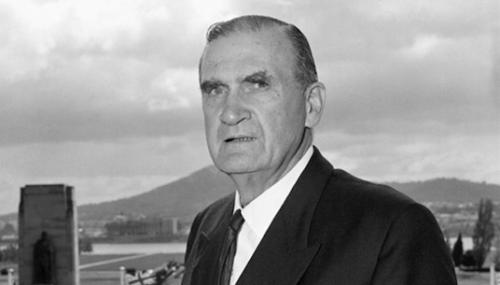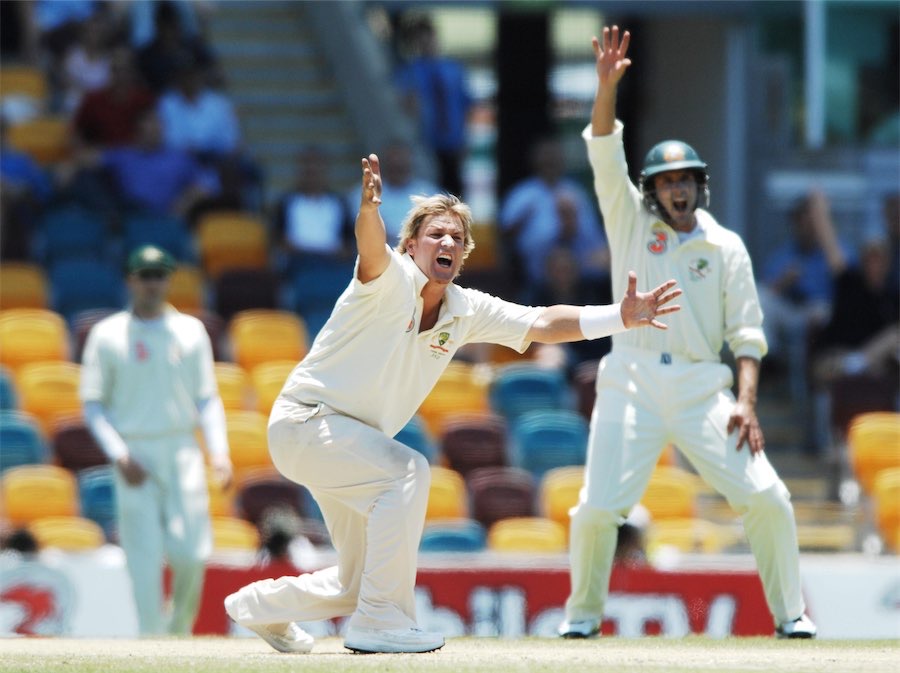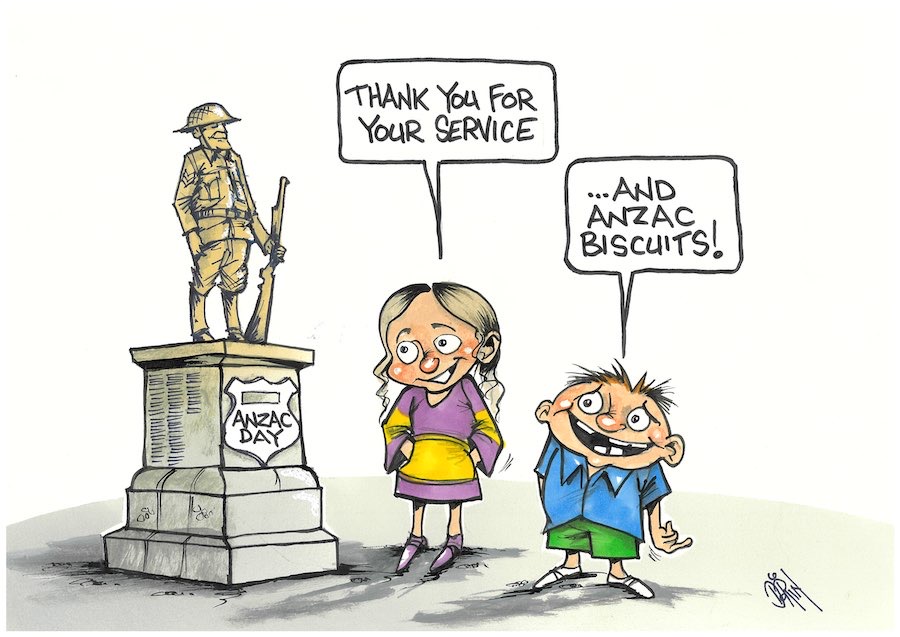THE politics of infrastructure projects can be challenging. In Canberra, the Liberals are using the Capital Metro light rail project as a bludgeon for the Labor government and particularly Greens’ Minister Shane Rattenbury.

The Liberals have seen the political opportunity and are milking it mercilessly. Constantly raising the costs, fuelling ideas about cheaper bus alternatives and last month attempting to block legislation in the ACT Assembly that attempts to expedite the progress of the light rail project. These are just some of the tools. There is a myriad of letters to the editor. No doubt some are genuine. However, it has long been a standard political tool to seek to have party members and Liberal supporters writing letters, phoning into talkback shows and writing articles for publication in the mainstream media.
Of recent times the use of Twitter and Facebook has also been deployed incredibly effectively by political parties to criticise government. The Canberra Liberals are also adept at using these and other forms of social media.
From the government’s perspective: “The world’s best and most liveable cities all have excellent transport systems, designed and planned in tandem with land use to create walkable, people friendly communities with a range of transport options”.
However, when so much of the framing of politics over the last decade has been around attaining a Budget surplus, the argument goes that it is simply profligate to be spending so much money on this type of project. It is not.
Borrowing money for infrastructure projects means that some of the costs are shared by the generations of the future that will receive great advantage from them.
Borrowing for capital works, for infrastructure projects, is very different from borrowing for recurrent expenditure, which would be asking future generations to pay for the services we receive now.
By retaining a Triple A credit rating, governments are able to borrow at much lower rates than ordinary people can borrow for a mortgage.
A common argument against the Canberra Metro is that it favours Gungahlin at the expense of the other town centres such as Tuggeranong and Belconnen. This argument misses the point. The other town centres have the most important infrastructure – they have large federal departments located centrally providing jobs within their boundaries.
In contrast to Gungahlin they are not in the situation where almost all the traffic in the mornings is heading out of Gungahlin and in the afternoons all returning.
At the last election the Liberals ran a very effective campaign warning that “rates will triple” and won eight of the 17 seats. In October next year they will be contesting 25 seats and, it seems, they are shaping up for a battle on the light rail.
The messages will be simple, they will be designed to convince voters that Labor is wasting their money and they will talk of cheaper alternatives.
In 1932 Jack Lang suffered a 15 per cent swing against his government. Perhaps it was more over his extremist views than over infrastructure. Earlier this year Campbell Newman suffered a similar swing after just one term in government. His was also an extremist government – on the opposite side of the political spectrum – but he was attempting to persuade Queenslanders that his was an infrastructure government.
Prime Minister Tony Abbott argues that his is the greatest infrastructure spending government. His “Plan for Real Action” includes “building more modern roads to boost productivity and get Australia moving, with a special emphasis on bottlenecks”.
Rather than so much on roads, an investment in a high-speed rail from Melbourne through Canberra to Sydney and Brisbane would provide the sort of futuristic vision that went into the construction of the Sydney Harbour Bridge.
Who can be trusted?
In a world of spin and confusion, there’s never been a more important time to support independent journalism in Canberra.
If you trust our work online and want to enforce the power of independent voices, I invite you to make a small contribution.
Every dollar of support is invested back into our journalism to help keep citynews.com.au strong and free.
Thank you,
Ian Meikle, editor





Leave a Reply